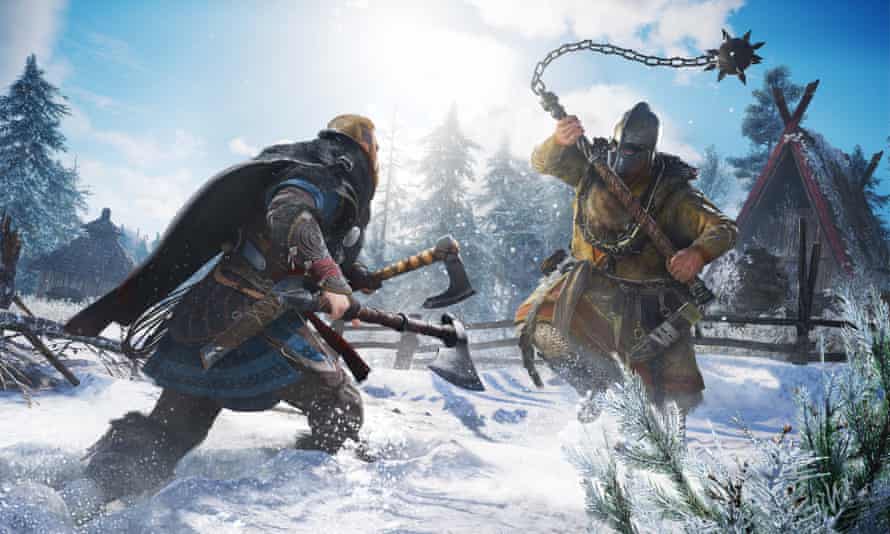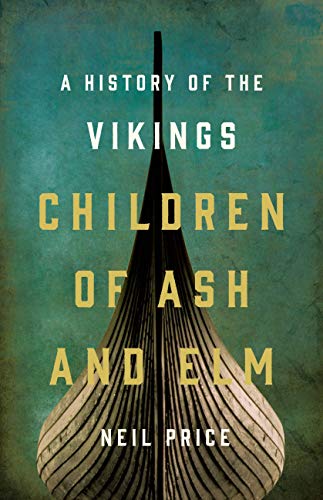“Mysterious, ancient female figurines have been found by the dozens all over Denmark, and as far afield as England and Russia.” Thus begins an article in a recent issue of National Geographic Magazine. What are these mysterious figurines?
A find in Ribe, Denmark, which was a major trading port in the 9th century, may shed some light on the subject. Here, an “assembly line” of pedants was discovered in 2017. By making moulds out of clay, hundreds of pedants could be made at a time. These represent a variety of figurines similar to the ones seen on the tapestry found in the Oseberg ship, buried in a mound in Norway in 834 and discovered in 1904.
Some of the figurines portray women bearing swords and shields. These have usually been taken to be Valkyries, but a recent study by Pieterjan Deckers, archaeologist at the Free University of Brussels, suggests otherwise. He claims that these represent actual women fulfilling ceremonial roles, as they are wearing dresses that would be highly impractical in combat. Hence, the women are wilfully shown taking on male attributes. Similarly, other figurines show a man tearing at his hair, which is a traditionally feminine gesture.
Leszek Gardela, archaeologist at the National Museum of Denmark, says: “They steer away from a simplistic interpretation of women and weapons, where they’re all Valkyries and warriors, and argue for something else. It’s good to remember there’s no one fixed way of interpreting this material.”






